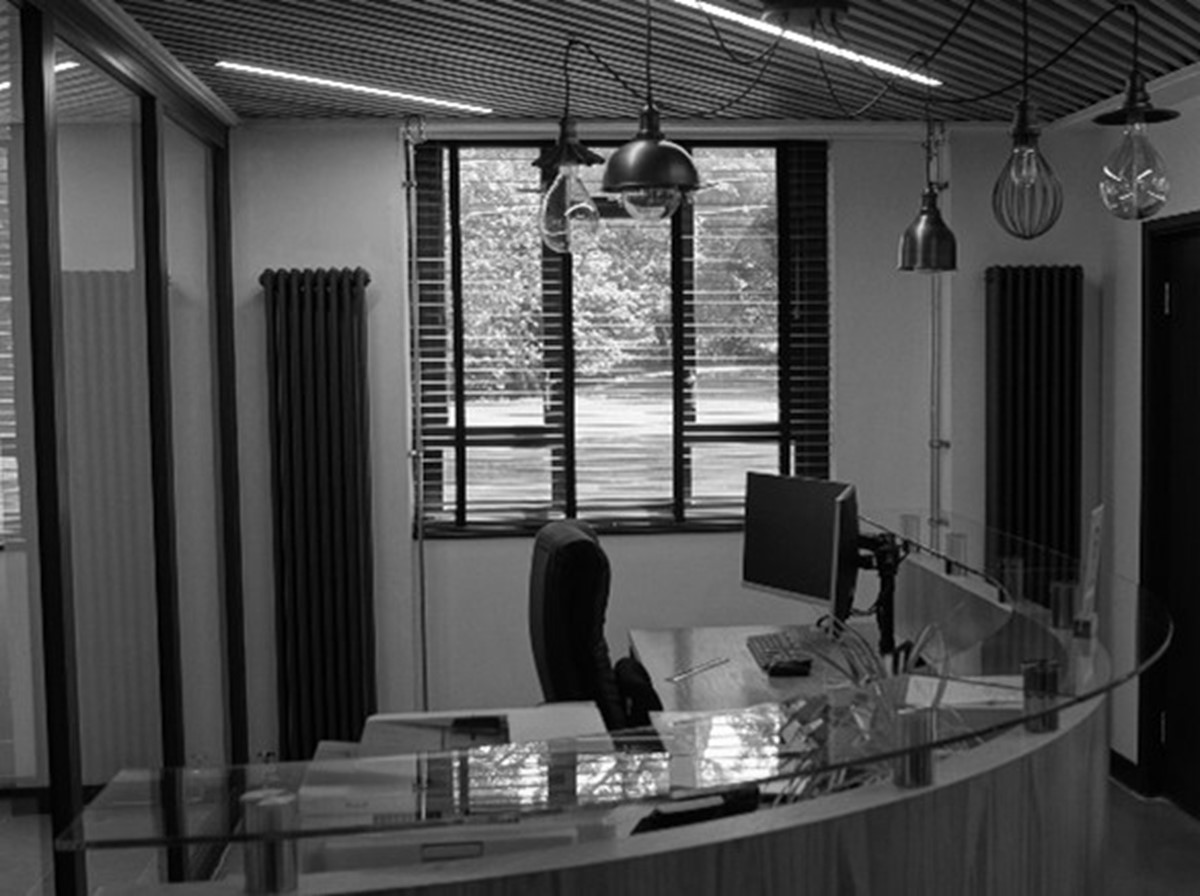 Net Zero Cheshire
Net Zero Cheshire
Shining a light on converting to LED lighting

Over the coming months we will be adding case studies to our Net Zero Cheshire website that provide updates on the work we are doing to decarbonisation our headquarter building just outside Chester. We hope that you will find these useful and informative.
This is the first of these case studies, focusing on the work we did to convert the building to LED’s – an especially prescient subject given the announcement earlier this summer of ban on the sale of fluorescent bulbs in September 2023.
We replaced the lighting in our headquarters building with LED lighting prior to the COVID pandemic. The programme to change to LED’s wasn’t cheap –we replaced over one thousand light fittings, at a cost of nearly sixty-three thousand pounds. The work took about a month, required an electrician to re-wire many fittings, a cherry picker to reach especially high ceilings in warehouses and workshops and skips to dispose of the old fluorescent bulbs but it has been worthwhile. They are much more energy efficient, saving us money and reducing the buildings carbon footprint. We also added some smart features such as occupancy sensors in a few communal areas.
The new LED lighting was viewed overwhelmingly positive among our colleagues. The quality of light provided by the new LED fittings was judged by them to be much better than the fluorescent bulbs and the new fittings gave the building a much more modern ambience. The new LED’s also last much longer before needing replacing and they don’t develop that annoying flicker at the end of their lives – a vast improvement!!
The cost of lighting the building is now much cheaper and bulbs need changing much less frequently. The impact of the COVID pandemic, and other changes to way we use electricity within the building make it difficult to assess how long the changes will take to payback, however we anticipate that the reduction in energy consumption will pay back the investment in around six years
Would we have done anything any differently? Hindsight is a wonderful thing – we made these changes before the COVID pandemic struck. The building occupancy level is now much lower and more sporadic. It would have been beneficial to have installed more occupancy sensors to turn lights off when rooms are unoccupied, especially in communal areas, meeting rooms and corridors even without the change in occupancy but it would be especially useful now. Installing more luminescence sensors that turn off, or dim lights when there is more daylight would also have been beneficial. We want to add more of these features soon.
For more information on the upgrade work and our financial and carbon savings, please read the case study.
October 2021

